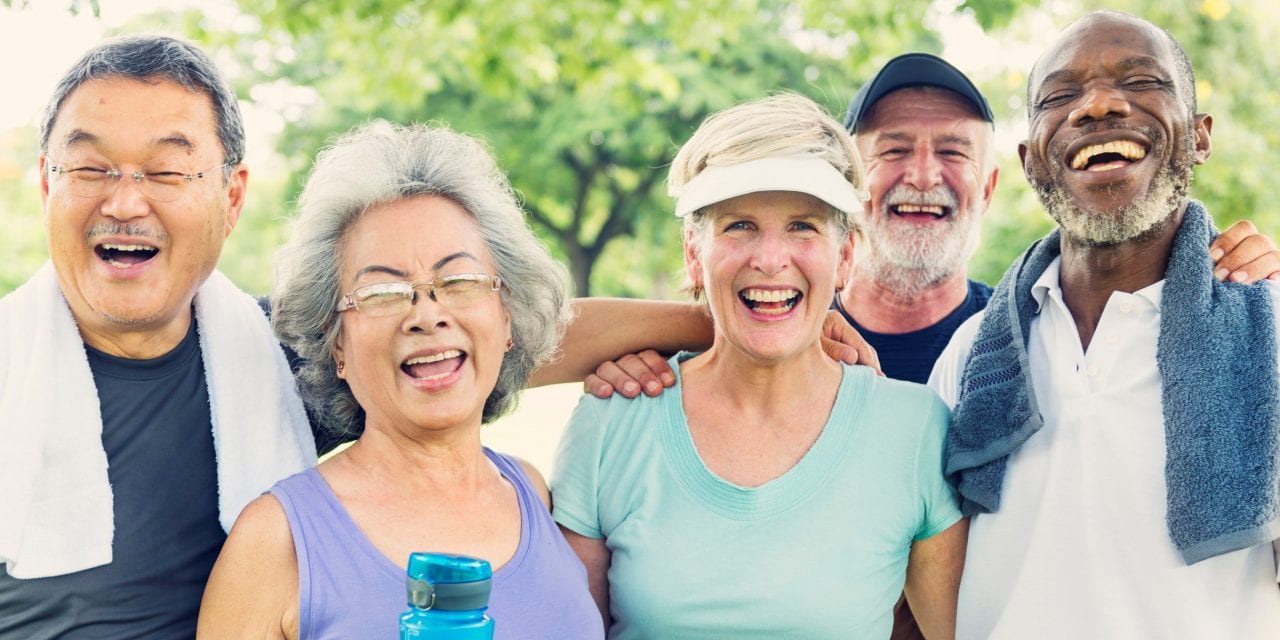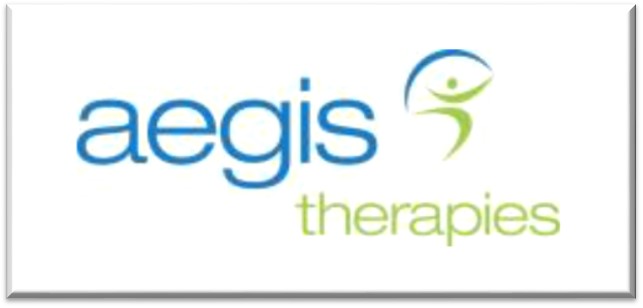I recently spoke with Kathryn Abrahamson, Director of Communications for Aegis Therapies, about their EnerG wellness program.
By Susan Saldibar
It’s hard to find a health center or senior living community that doesn’t have some sort of banner or poster about “wellness”. Wellness is huge. Wellness sells. People like to associate themselves with places that foster wellness programs. I know I do.
I spoke recently with Kathryn Abrahamson, Director of Communications for Aegis Therapies, (a Senior Housing Forum partner). We discussed an article about wellness written by Tracey Harvey, National Program Director in charge of Aegis Therapies’ EnerG program.
What I like about the EnerG program is that it pulls together seven key “dimensions” of wellness. The idea is that, by doing something in each area, individuals can live a more holistically healthy life. I asked Kathryn about the seven dimensions. Here, in a nutshell, is how she described them.
-
Physical: This dimension is about strength, endurance, and flexibility. Activities might include yoga, walking, and aerobic exercises.
-
Intellectual: Kathryn talked about the importance for aging adults to keep their brains as healthy as possible. Activities that require more thought and concentration have been shown to help slow cognitive decline. Games like bridge and crossword puzzles work well as do computer games that are geared to encourage more complex thought patterns.
-
Environmental: The impact of one’s environment can’t be overestimated. Walking outdoors and exploring a garden or planting something can have a positive impact on overall well being. Environments should encourage resident interaction, both indoors and outdoors.
-
Social: Social interaction is key to combatting health issues, ranging from mood disorders to the onset of dementia. This dimension also explores the process of expressing gratitude as a tool to strengthen relationships and make people feel more connected to others around them.
-
Spiritual: As it relates to specific religions, this is a personal dimension. However, Aegis also explores spirituality as it relates to self-worth and finding more meaning in life. Meditation is often used to connect an individual to his or her sense of spirituality.
-
Occupational: Being able to conduct basic physical and mental activities is key to continued health. Occupational therapy is central to resident well being.
-
Emotional: Along with declining health and mobility can come insecurity and depression, Kathryn explains. Engaging in daily positive interactions with the encouragement from staff is essential to emotional health.
Given all these dimensions, I wonder what response I’d get if I randomly walked through the doors of a local senior living community, list in hand, and asked them to address each of them. Would the ED take the time to explain programs they have in each area? Would I be able to speak with a resident about how he or she is being served in each dimension? Would they have the EnerG program from Aegis? It’s that awareness that Kathryn tells me Aegis is out to drive home to senior living communities.
I think that we baby boomers are probably the drivers of wellness. Maybe it’s because we realize we have more years behind us than before us and we’re pulling out all the stops to make sure we stay as healthy as possible for as long as possible. If I’m right, wellness will continue to be “huge”. And, those communities that use programs, such as EnerG, to center their activities around wellness will continue to take business from those who do not. Kathryn agrees. What do you think?
For more information about Aegis Therapies, please visit their website:
Download a PDF copy of this article by clicking on the button below:










